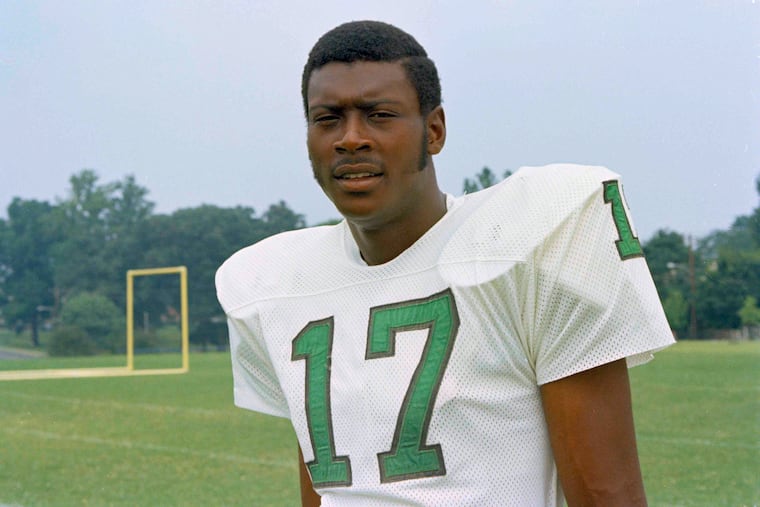Eagles great Harold Carmichael finally gets his Hall of Fame enshrinement
Carmichael was one of the best wide receivers of his era. But playing on so many bad Eagles teams delayed his entry into the Hall of Fame.

Carmichael was one of the best wide receivers of his era. But playing on so many bad Eagles teams delayed his entry into the Hall of Fame.
